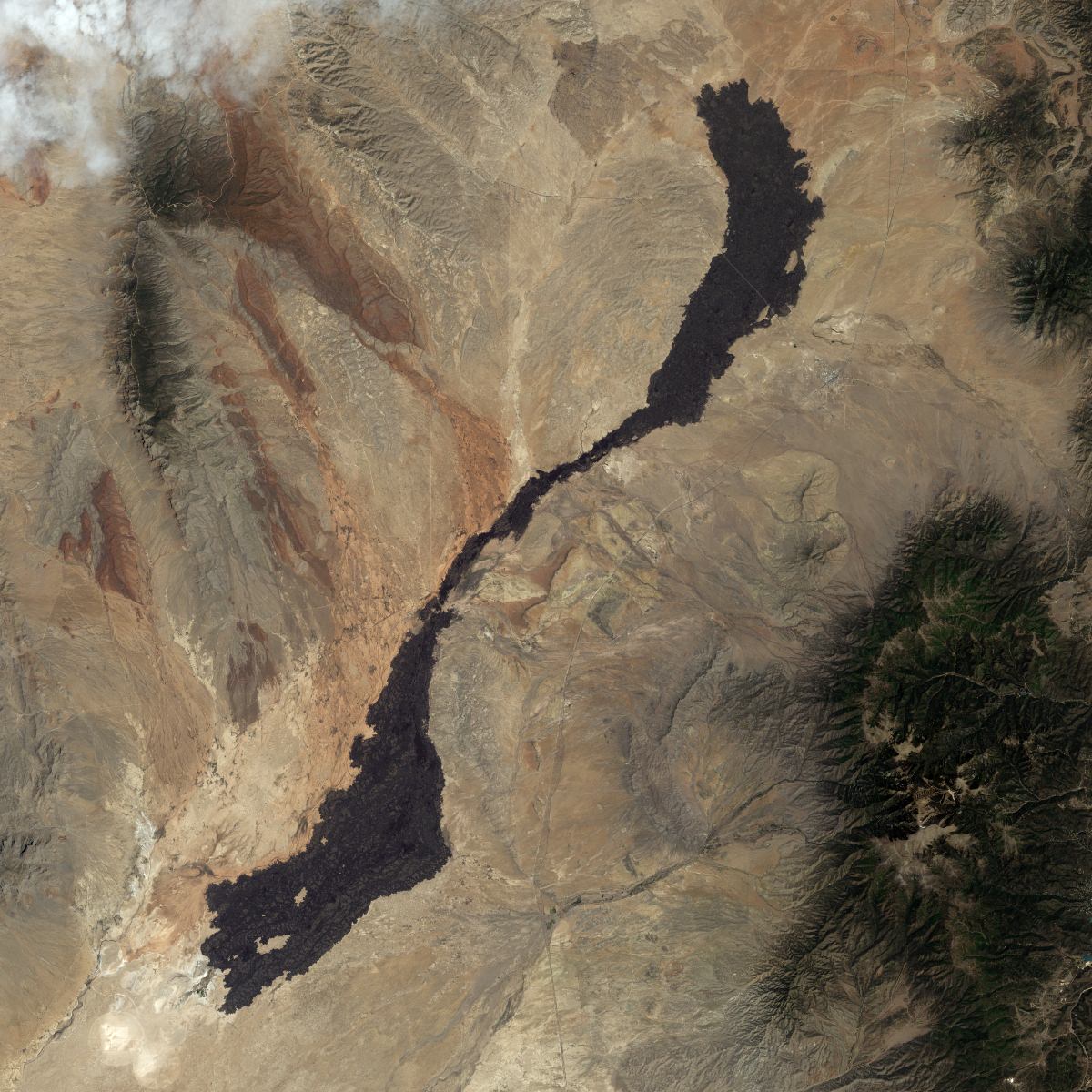[/caption]
We all know that the lava is molten rock that is spewed from a volcano. However how hot is lava? The temperature of lava can range anywhere from 700° C to 1200° C. Lava is not really lava until it meets the earth’s crust before that it is known as magma. Magma is the ocean of molten rock that lies beneath the earth’s crust. When it escapes through cracks the earth’s crust it creates volcanoes. The magma that comes out of volcanoes is what we call lava. Lava can be as much 100,000 times as viscous as water.
The different types of lava vary depending on composition and temperature. The three main types of lava are felsic, intermediate, and mafic. There are two types of felsic lava. They are rhyolite and dacite. These types of lava are composed of aluminum, silica, potassium, sodium, calcium, and liquid quartz and feldspar. Felsic lava normally erupts between 650° C to 750° C.
Intermediate lava is the next type of lava. Intermediate lava is also known as andesitic lava. Andesitic lava has lower levels of aluminium and silica. However this kind of lava is richer in magnesium and iron than felsic lava. This kind of lava occurs on steep composite volcanoes like those found in the Andes mountain range. Since andesitic lava has a lower level of aluminum and silica in its composition it is normally hotter with a range of 750-950° C.
The last type of lava is mafic lava or basaltic lava. This is one of the hottest types of lava coming out at temperatures exceed 950 degrees Celsius. This type of lava is rich in iron bearing minerals. This is what accounts for as high temperature. There are also the kinds of mafic lava that are even a hotter than normal basaltic lava. One type is all ultra-mafic lava.
Lava temperature tells us a lot about the different types of lava. Each brings important minerals and nutrients to the surface. So getting a better understanding of lava flows gives a better of the Earth’s composition and how certain minerals came to the surface of the Earth’s crust.
We have written many articles about lava for Universe Today. Here’s an article about the types of lava, and here’s an article about the viscosity of lava.
If you’d like more info on lava and volcanoes, take a look at the USGS’ Volcanoes Hazard Program, and here’s a link to Volcano World from Oregon State University.
We’ve also recorded an episode of Astronomy Cast all about volcanoes. Listen here, Episode 141: Volcanoes, Hot and Cold.
References:
NASA Earth Observatory
USGS

